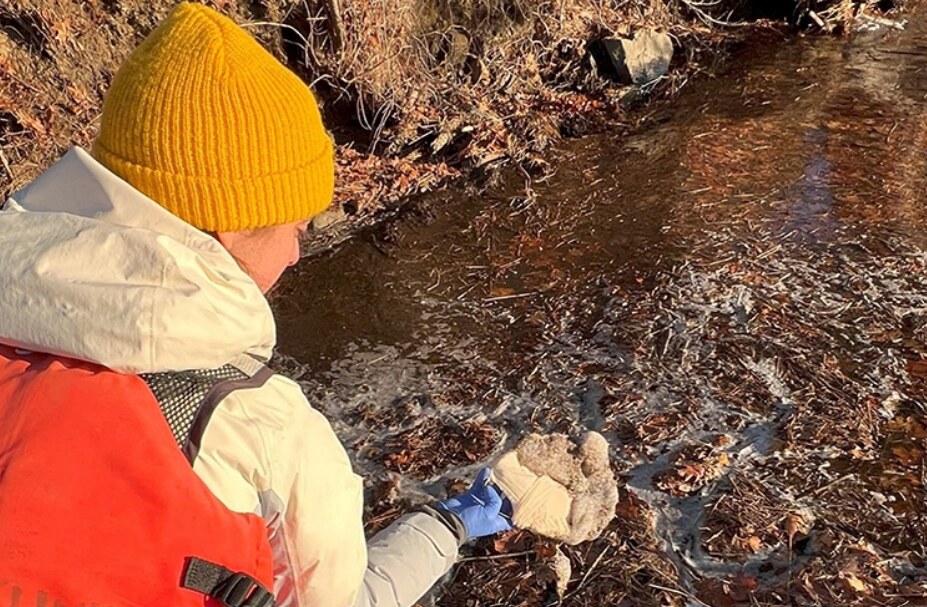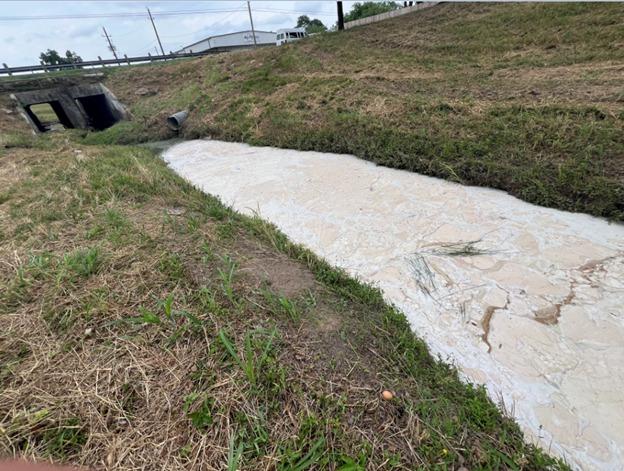A University of New Hampshire research team used a new device called a skimmer to test foam samples from local waters. They found these toxic substances, known as PFAS or “forever chemicals,” concentrated in concerning amounts.
“Foam formation on the surface of moving and stagnant water bodies is a natural process and is commonly attributed to organic-rich material, like decaying leaves or algae,” says Paula Mouser, professor of civil and environmental engineering at UNH. “But some contaminants, like PFAS, can act as agents to cause the same looking foam when water mixes with air along shorelines or during high waves.”
The Real Numbers
- PFAS levels: 7-70 times higher in foam compared to surface water
- One specific chemical (PFOS): 24-161 times more concentrated in foam
- Study locations: 3 sites in Great Bay and Rye’s Berry Brook
- Testing period: November 2024
For Portsmouth resident Andrea Amico, this research hits close to home. “It is a deeply personal issue for me,” she says. “It’s affected my family, our local community, but it has gone so much further than that and affects thousands of communities across the nation.”
The Problem with PFAS [Replacing with direct quote from source] “PFAS are found in many consumer products, like plastics and non-stick cookware to cleaning products, and can also be found in electronics and firefighting foams,” said Mouser. These chemicals are odorless and tasteless, making them impossible to detect without testing.
Similar Posts
The study focused on the Piscataqua Region Watershed, including Great Bay Estuarine Reserve and Hampton-Seabrook Estuary. This area already deals with:
- Legacy PFAS contamination
- Seven tributaries receiving wastewater treatment discharge
- Multiple septic systems around Great Bay
What’s Next? “This was a pilot study and the findings are preliminary but our next steps will be to expand the sample collection to include other areas of the watershed and other estuaries,” Mouser explains.
According to the New Hampshire’s Department of Environmental Services, they recommend people avoid contact with any surface water foam since foam can contain a much higher level of PFAS than the surrounding water. According to the department, health risks of exposure vary based on how much foam a person is exposed to, how long the exposure lasts, and how frequently it occurs.
The research, funded by New Hampshire Sea Grant, continues as scientists work to understand how these chemicals move through our environment.


















